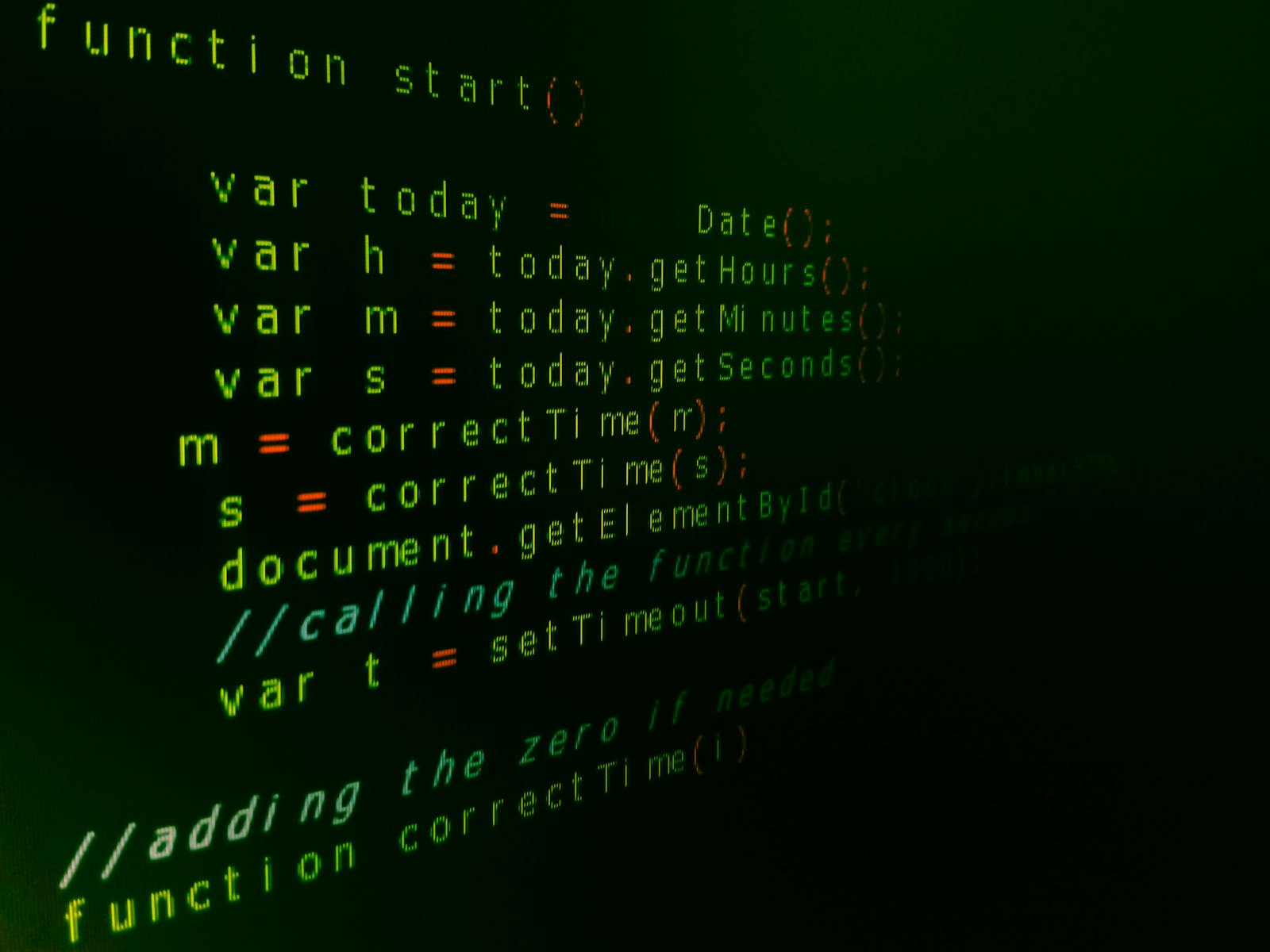Automate Windows Event Logs and Monitoring: A PowerShell Scripting Guide

The vigilant gaze of a system administrator is one characterized by the relentless vigilance of a silent digital sentinel. And at the heart of their surveillance lies the often overlooked yet crucial tool: Windows Event Logs. From the benign entries that chronicle everyday system actions to the stark warnings of potential security breaches, event logs tell the story of your system’s well-being. But one pair of human eyes is not enough to keep pace with the countless log events that occur each day, leading us to a fundamental question: How can this crucial task be automated for maximum efficiency and reliability? Enter PowerShell—a veritable Swiss army knife in the administrator’s toolkit.
Understanding Windows Event Logs

Unraveling the labyrinth of Windows Event Logs is the first trial for aspiring automation-savvy administrators. These digital diaries, often talked about but seldom understood, hold the keys to understanding a system’s history, health, and potential vulnerabilities. Just what exactly are Windows Event Logs?
The Significance of System Tracking
Windows Event Logs serve as the kernel’s voice, narrating the events that unfold within the operating system. Think of them as a physician’s notes chronicling the health of your infrastructure. But unlike a doctor’s handwriting, these records must be clear and concise, for they might be the key in diagnosing system issues or identifying security incidents.
Varieties of Event Logs
Within the Event Viewer, you’ll find three primary logs:
- Application: This log details events from user processes or applications.
- Security: It is the fort where your system’s gates record accesses and security events.
- System: Vital logs from system operations, including startup and shutdown, are deposited here.
Beyond these, custom logs can be created for applications or services that necessitate specific tracking.
PowerShell Scripting Basics
Before venturing into the automation of event log monitoring, you must don the mantle of a scripter. PowerShell is more than your average scripting language—it’s an omnipotent ally in the realm of Windows administration.
The Power of PowerShell
PowerShell’s magic lies in its origins—it is designed especially for system administrators for improved control and task automation. Its scripting capabilities and command-line tools provide the means to wield this power effectively, enhancing your ability to manage and secure your Windows environment.
Key Features and Functions
At its core, PowerShell offers a streamlined way to interact with system components via cmdlets—commands that can be strung together for complex tasks. Variables, loops, and conditional logic familiar to programmers are all part of PowerShell’s toolbox, ensuring versatility in your scripting endeavors.
Creating a PowerShell Script for Event Log Monitoring
The gears of automation grind to life with a PowerShell script tailored for the watchful eyes of your system.
Scripting the Sentinel
Constructing a monitoring script involves several steps, from specifying the target log to filtering desired event types. Here’s a high-level breakdown:
- Connect to the Event Log: Open a connection to the selected log, setting the type and source for monitoring.
- Filter the Noise: Utilize filters to home in on specific event data—crucial to avoid being overwhelmed by the sheer volume of logs.
- Action on the Events: Once an event matching your criteria is detected, define an action. This could be as simple as logging the occurrence to a master record or triggering an alert.
Code parachutes:
Embedded within the code, there are opportunities to customize your script based on the unique needs of your system, like the event IDs you wish to monitor or the keywords you expect to encounter.
Enhancing Monitoring with Python Integration
While PowerShell waltzes with Windows, Python extends an open invitation to the ball, bringing with it a broader horizon of capabilities.
The Python Parley
Why should Python be part of your conversation? Its extensive libraries and platform agnosticism provide an inviting landscape for integrating the monitoring process with systems other than Windows.
A Tango of Scripting Languages
With Python, you can cast a wider net, encapsulating your Windows environment within a broader spectrum of automation and monitoring. Together with PowerShell, you reach the zenith of scriptorium potential.
Best Practices and Tips
It’s not just about the script—it’s about crafting an instrument of unparalleled precision.
Fine-Tuning Your Instrument
- Stay Lean: Be mindful of the resources your script consumes. A bulky script can harm performance.
- Keep It Modular: Break down tasks into manageable, reusable components. Modularity fosters both maintainability and scalability.
- Secure Your Script: Access to event logs and execution should follow a principle of least privilege. Security is not a side quest—it’s a central part of your script’s integrity.
- Test and Iterate: Scripting is an iterative process. Regular testing, tweaking, and adapting your script to real-world scenarios will enhance its effectiveness.
Conclusion
In the dizzying whirlwind of Windows system administration, automation emerges as the chariot, and scripting its engine. For the modern-day digital sentinels, there is no greater quest than to master the art of event log monitoring. It’s a tale that unfolds within the bytes of your logs—a tale that deserves not just a reader, but a maestro.
Unlock the full potential of your Windows Event Logs. Harness the dual energies of PowerShell and Python. And in doing so, grace your system with an undying vigilance—automated, efficient, and powerful.
Frequently Asked Question
- What is the purpose of event logs?
Event logs serve as a record of events that occur within an operating system, providing insights into system health and potential vulnerabilities.
- How many types of event logs are there in Windows?
There are three primary event logs in Windows: Application, Security, and System. Custom logs can also be created for specific applications or services.
- Why is PowerShell a powerful tool for Windows system administration?
PowerShell is specifically designed for system administrators, offering streamlined interaction with system components through cmdlets and versatile scripting capabilities.
- How can Python enhance event log monitoring in Windows?
Python’s extensive libraries and platform agnosticism allow for integration with systems other than Windows, expanding the scope and potential of event log monitoring. When combined with PowerShell, it creates a powerful duo for automation and monitoring.




